Indonesia West Java Aimani Manor Single Bean Type Manor Honey Treatment Coffee Brewing Parameters Introduction
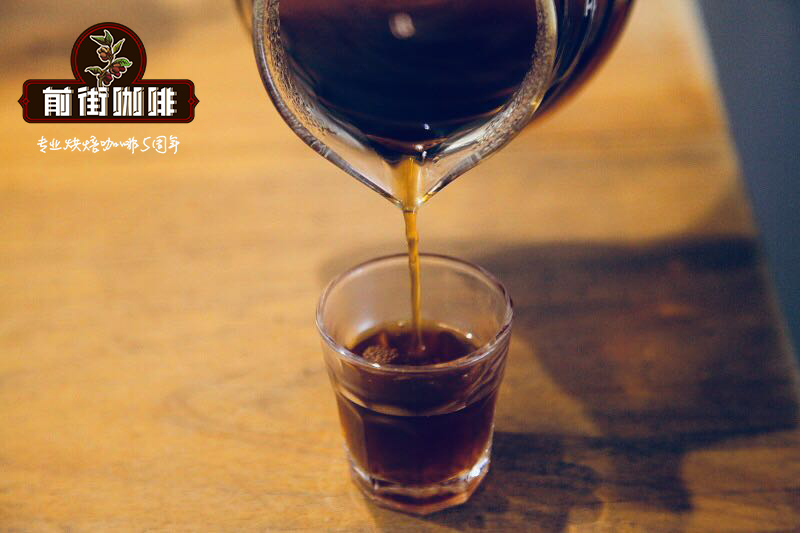
Indonesia, whose full name is the Republic of Indonesia, is a famous coffee producer in Asia and a country in Southeast Asia. The country is known as the "Thousand Island country". It is made up of as many as 17508 islands and is part of the Malay archipelago. It is also the largest archipelago country in the world and is a veritable island country. Nearby coffee producers Papua New Guinea, East Timor, but also bordering with Malaysia and other countries.
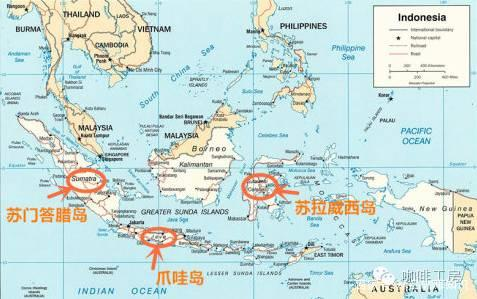
SUMATRA
Sumatra has three main growing areas: the northern part of Aceh, the slightly southward area around Lake Lake Toba, and the recent rise of islands near Mangkuraja. It may also be traced back to smaller areas of Takengon, Bener Mariah, Lintong, Sidikalang, Dolok Sanggul, and Seribu Dolok, which surrounds Lake Doba in Aceh. In the past, the coffee beans sold in this area were called "Sumatra Mantenin", but in fact there was no place name called Mantenin, which came from the ethnic names of the local islanders. Manning is usually divided into grades, classified as Grade1 or Grade2. There is no doubt that the grading method is to use the cup to test the quality rather than the raw bean itself. But I still have doubts about recommending Grade1, because the rating seems to be rampant. It is strange to divide different varieties into different batches, so most Sumatran coffee beans are mixed with unknown varieties. Sumatran coffee beans are exported through the port of Medan, but stagnated in the port for too long before export, hot and humid climate factors will not be conducive to the quality of coffee beans.
Altitude: 1100-1300m in Aceh, 1100-1600m in Lake Doba, 1100-1300m in Mangkuraja
Harvest: September-December
Varieties: Typica (including Bergandal, Sidikalang, Djember), Timtim, Ateng, Onan Gajang
JAVA
In Indonesia, this area inherits Dutch colonization and habits, so there are more large coffee estates. The four main coffee fields, covering 4000 hectares, were formerly government estates. At that time, the coffee beans in this region enjoyed a first-class reputation, although I believe that not long ago, a large number of formula beans have been replaced by other coffee beans "Mocha-Java". Java coffee beans have been high for a long time, but there have been significant price reductions in the 20th century. The planting area covers the east side of Java around the Ijan volcano, as well as the west side.
Altitude: 900-1800m
Harvest: September-September
Variety: Typicas, Ateng, USDA
FLORES
Flores is a small island about 320km (200miles) east of Bali and is located in one of the Indonesian archipelago. As a latecomer to the coffee industry, it has also developed a good reputation for growing coffee. In the past, it was common to see that a large part of Flores's coffee was sold domestically or mixed with other coffee exports, rarely sold directly in the name of "Flores Coffee". There are active and dormant volcanoes on the island, and the mixture of Bajawa volcanoes has a great positive impact on the main planting areas. In terms of coffee processing, the semi-washing process is the most common treatment in the region, and some coffee beans are still produced by full-water treatment.
Altitude: Tana Toraja 1200-1800m Mamasa 1300-1700m average 850m
Harvest: may-September
Variety: Typicas, Ateng, Robusta
BALI
Coffee arrived late in Bali and was originally grown on the Kintamani plateau. Coffee production was deeply affected by the eruption of Gunung Agung in 1963, killing more than 20, 000 people and extensively destroying the eastern part of Bali. In the late 1970s and early 1980s, the government distributed Arabica bean seedlings to boost coffee production, but some thought the effect was limited because about 80% of the island's production today is robusta beans. Although tourism provides the largest income, agriculture employs the most people on the island, while Japan used to be the biggest buyer.
Altitude: 1250-1700m
Harvest: may-October
Variety: Typicas, Typica derivatives, Robusta
Taste description: strong fruity, with plum and jackfruit flavor, clean and sweet back to sweet.
Flavor: complex floral aromas, with tropical fruit flavors like mango and jackfruit on the palate. The palate is soft and sweet.
Planting history
Java has a long history of producing coffee. West Java is the place where coffee was first grown in Indonesia during the conquest of the first Dutch colony. The Dutch began to grow and export coffee trees on the island of Java (part of the Dutch East Indies) in the 17th century. In the early days of Dutch rule, Arabica Typica coffee beans were grown and coffee was introduced from Ceylon (modern Sri Lanka). In the 17th century, the Dutch colonial government first grew coffee in Batavia, extending south to Sukabumi. And a wide range of central East Java Java, West Java and parts of Sumatra and Sulawesi Island, open the noble marketing of coffee.
Java coffee trees were exported to the Netherlands in 1711, cultivated in an Amsterdam greenhouse, and sent to the French Palace in 1715. Since then, the New World Coffee was spread by the Netherlands and fascists in Asia and America. The better quality coffee in Java usually comes from state-owned and private estates, which, with the support of the government, are easier to sell to Europe and the United States and are relatively famous.
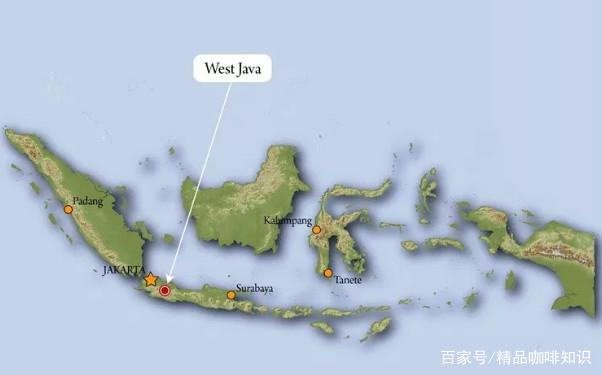
Aromanis Edini Manor
Aromanis "Aiqini" is a traditional dessert unique to Indonesia. It is made from a snack made from the basic ingredients of flour and sugar. Here, the coffee is named after Aromanis, indicating that the coffee bean tastes like marshmallows.
Sun honey treatment
Manual picking is used to ensure the stability of the fruit. After picking, the exocarp is removed and the flesh is preserved for sun treatment, also known as peel solarization. After about a month of sun drying, wash and other treatment, then let the beans stored for about half a month before packaging. The sole purpose of this process is to create a more complex and fuller flavor.
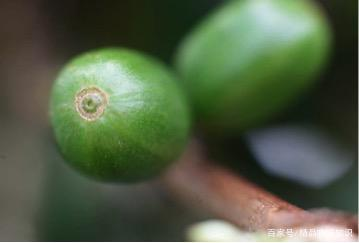
S795 variety
[S795] Local name: Jember Renbo
This variety was bred in India in 1940s by crossing Kent (Typica selection, tall, high yield, extremely resistant to leaf rust) and big fruit coffee (Coffea Liberica). 1955 the Indonesian caffeine and Cocoa Institute (ICCRI), named Renbo, is widely grown in India and Indonesia, Yemen and Ethiopia. There was some resistance to coffee leaf rust, but the resistance decreased with time. It tastes like maple syrup or brown sugar.
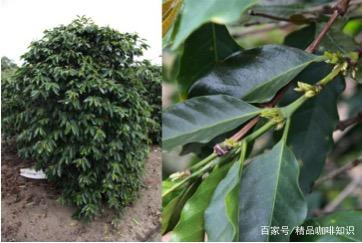
[front Street Coffee West Java Coffee]
Producing area: Tiegula Mountain, West Java
Manor: Aromanis Edini Manor
Treatment method: sun honey treatment
Variety: S795
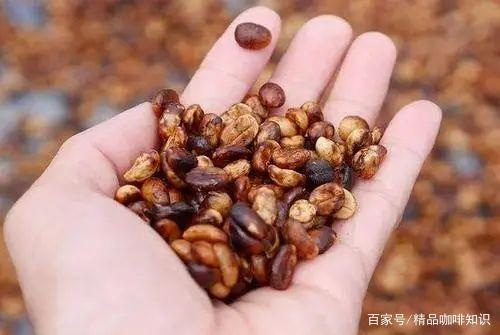
[Qianjie Coffee Baking suggestion]
The density of West Java raw beans is high, the firepower adjustment should be especially careful, and the fruit flavor and sweetness should be highlighted. Qianjie baristas choose medium roasting to fully show the uniqueness of raw beans.
Roaster: Yangjia 800N
Put the furnace temperature to 200 degrees Celsius, set the throttle to stew for 1 minute, adjust the firepower to 160 degrees, the throttle remains unchanged, adjust the firepower to 165 degrees, drop to 130 degrees, bake to 5: 35 ", the temperature is 152 degrees, the bean table turns yellow, the smell of grass disappears completely, dehydration is completed, throttle tune 4.
In the 9th minute, ugly Hu wrinkles and black markings appear on the bean table, and the smell of toast obviously changes to the smell of coffee, which can be defined as a prelude to an explosion. at this time, listen clearly to the sound of an explosion point, to 9: 21 "start an explosion, small firepower remains the same, the throttle is fully open 5 (the firepower should be very careful, not so small as no cracking sound) 40 degrees, 198.6 degrees when the pot.
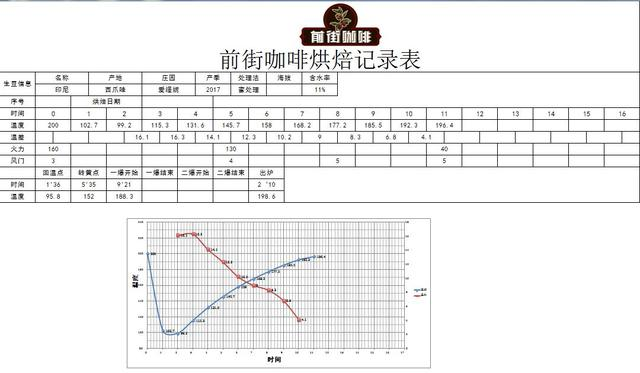
[coffee cup test report on Qianjie]
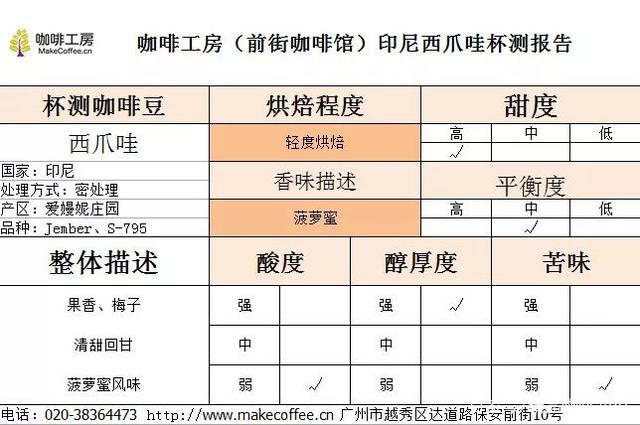
[suggestion on brewing coffee in Qianjie]
Filter cup: V60
Powder / water ratio: 1:15
Temperature: 89 degrees
Degree of grinding: BG#6S
[Qianjie coffee brewing technique]
Steam 30 grams of water for 30 seconds, inject water around to 125 grams, and wait for the water level to drop to 225 grams for 2 minutes.
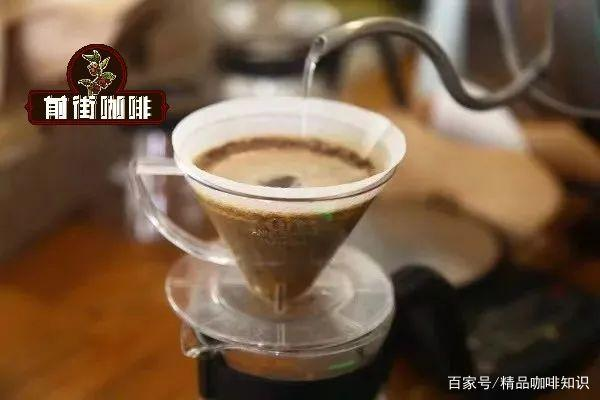
[flavor description]
Fruity, plum, jackfruit flavor, sweet and sweet
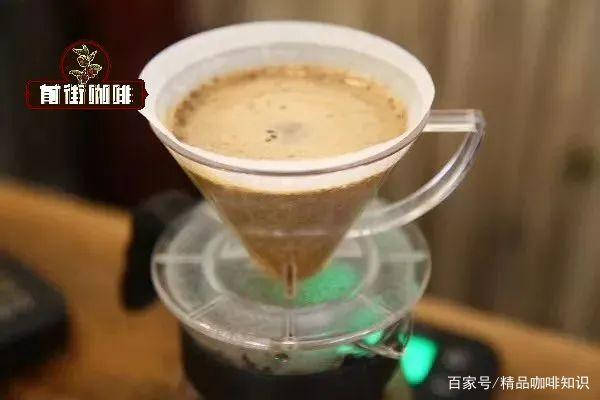
Important Notice :
前街咖啡 FrontStreet Coffee has moved to new addredd:
FrontStreet Coffee Address: 315,Donghua East Road,GuangZhou
Tel:020 38364473
- Prev
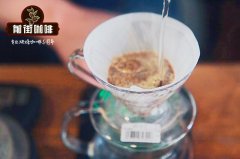
Is Indonesian West Java honey processed coffee good to drink? How to cook it to taste good?
Is Indonesian West Java honey processed coffee good to drink? How to cook it to taste good? West Java Province is an administrative region of Indonesia. Java Island is located in the west, north Java Sea, south coast of the Indian Ocean, including offshore islands, an area of 46,300 square kilometers, Java climate type for tropical rain forest climate, hot and humid all year round. Temperatures are highest in the plains along the northern coast and cooler in the mountains
- Next
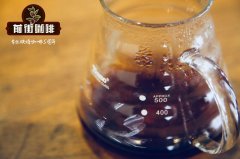
What is honey-treated Honey Processing? Effect of honey treatment on bean flavor?
What is honey-treated Honey Processing? Effect of honey treatment on bean flavor? In honey treatment, honey refers to the pectin layer of coffee beans that is as sticky as honey (mucilage). The sun method will directly remove the shell and the pectin layer, while the water washing method will remove the pectin layer by fermentation, and only the honey treatment will retain the pectin layer. Honey treatment will go to coffee beans.
Related
- Detailed explanation of Jadeite planting Land in Panamanian Jadeite Manor introduction to the grading system of Jadeite competitive bidding, Red bid, Green bid and Rose Summer
- Story of Coffee planting in Brenka region of Costa Rica Stonehenge Manor anaerobic heavy honey treatment of flavor mouth
- What's on the barrel of Blue Mountain Coffee beans?
- Can American coffee also pull flowers? How to use hot American style to pull out a good-looking pattern?
- Can you make a cold extract with coffee beans? What is the right proportion for cold-extracted coffee formula?
- Indonesian PWN Gold Mandrine Coffee Origin Features Flavor How to Chong? Mandolin coffee is American.
- A brief introduction to the flavor characteristics of Brazilian yellow bourbon coffee beans
- What is the effect of different water quality on the flavor of cold-extracted coffee? What kind of water is best for brewing coffee?
- Why do you think of Rose Summer whenever you mention Panamanian coffee?
- Introduction to the characteristics of authentic blue mountain coffee bean producing areas? What is the CIB Coffee Authority in Jamaica?

